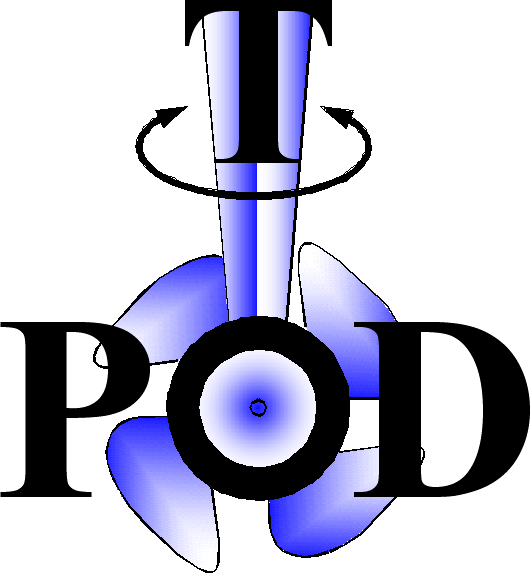


|
|
|
The azimuthing podded drive is now established one of the most promising technologies for the improvement of propulsive efficiency, manoeuvrability and control of large and fast vessels. For cruise liners and now recently ROPAX type vessels, increased size and power requirements made pod drives very attractive options especially for low speed and harbour manoeuvring. However, recent model experiments, full scale trials and accounts of experts in the marine industry indicated that while low speed manoeuvring is handled well with pods, large hell angles due to large steering forces created by pod drives, less directional control ability due to flat aft ship required to accommodate strut-pod structure raised questions about the ability of pods in higher speed range. It could be resulted the vessel not fulfilling IMO resolution A751 (18) for course keeping ability or passenger comfort and safety can be seriously compromised especially for cruise liners due to large pod-induced heel angles. Furthermore, it is now accepted that there is lack of robust numerical tools to assess the manoeuvring and course-keeping ability of pod-driven ships during operation in high speed conditions, which affects critically the safety of the vessel. In this respect, such numerical tools could be essential to establish a link between design parameters of a pod-driven ship and environmental and performance parameters. Deriving from this background, recent activities at SSRC have focused on modifying the existing coupled non-linear 6-DOF model with frequency dependent coefficients, incorporating memory effects in calm water with a new axis system that allows straightforward combination between seakeeping and manoeuvring model whilst accounting for extreme motions was developed. External forces are calculated through hull (manoeuvring), pod (or rudder), propeller, wind and wave forces are calculated externally. A PD autopilot system is employed for control requirements. Within the framework of the paper, the equations of motions and modified numerical model for calculation of pod-induced propulsive and hull forces presented. This is followed by verification of the modified numerical code using a ROPAX vessel and a cruise liner for which extensive amounts of data exist for both conventional and pod driven hull forms. Comparisons have been made between conventional and podded control. Furthermore the vessels have been numerically tested using Zig-Zag and turning circle tests in different speed and heading angle range to investigate the directional stability of pod driven ships and effect of large pod induced heel angles to the turning. In the light of this investigation the efficiency of the azimuthing podded drives, in terms of overall controllability of ships, is discussed and conclusions are drawn. |
|
Send mail to
tpod@ncl.ac.uk with
questions or comments about this web site.
|